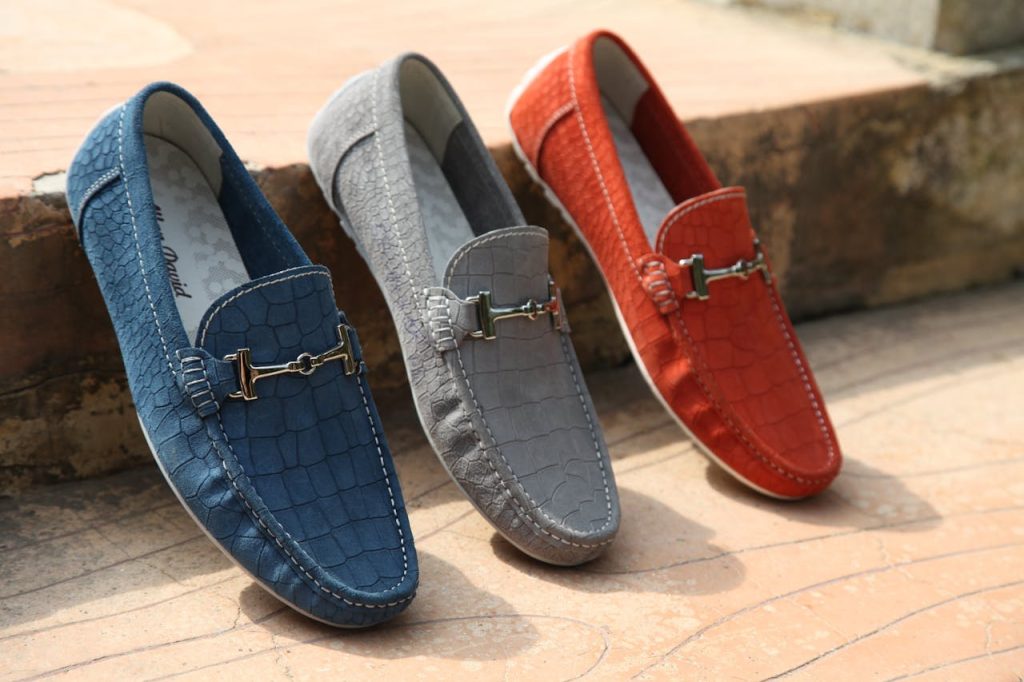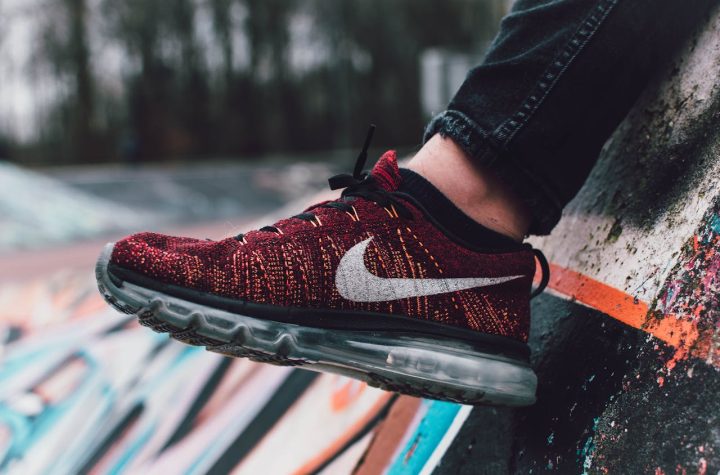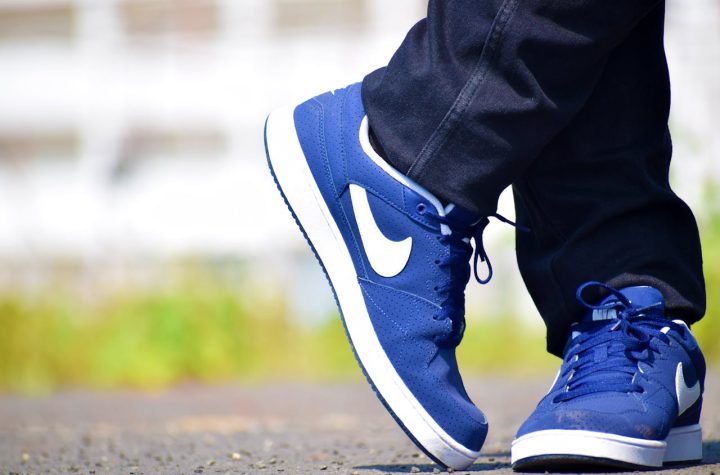
How many miles can you expect from your hiking shoes? Choosing the right footwear is essential for comfort and performance during your adventures. Whether you’re tackling rocky trails or strolling through forests, understanding the mileage potential of your shoes is crucial. Let’s explore everything from hiking shoe basics to making seasonal choices that keep you trekking comfortably.
Understanding Your Hiking Footwear
Hiking shoes aren’t just stylish—they’re vital for your outdoor experience. The right shoes provide support, traction, and comfort on challenging terrain. Most hikers prefer hiking shoes or boots built for various conditions, featuring sturdy soles, ankle support, and waterproof materials to protect your feet.
Trail runners are also popular for being lightweight and flexible, though they might lack the rigidity needed for rugged hikes. Your specific needs will guide you in choosing the right footwear for your outdoor journeys.
Hiking Shoes vs. Trail Running Shoes
While hiking shoes and trail running shoes may look similar, they serve different purposes. Hiking shoes provide stability and support on rugged terrain with stiffer soles for uneven surfaces. Trail running shoes prioritize lightweight design and flexibility, making them suitable for quicker movements but offering less ankle support, which might not suit extended hikes with heavy packs. Your choice should depend on your activities—hiking shoes for long treks and trail runners for shorter, faster adventures.
What You REALLY Need in Hiking Footwear
For a comfortable hiking experience, focus on fit. Shoes should fit snugly without discomfort to prevent blisters and enhance stability. Look for outsoles with deep lugs for traction on varied terrains. Consider breathability and waterproofing based on your hiking conditions—waterproof for wet hikes and breathable for hot climates.
Trail Runners vs. Hiking Boots
Trail runners are designed for speed and agility, being lightweight and breathable for quick movements. Hiking boots offer superior ankle support and durability, ideal for rocky paths. Choose based on your hiking style—trail runners for fast-paced trails, hiking boots for long treks.
Choosing the Right Footwear for Your Needs
Consider the terrain you’ll hike on. Rocky trails require sturdy shoes with ankle support, while smooth paths allow for lighter options. Your comfort preferences matter—some prefer extra cushioning, others a minimalist feel. Seasonal variations affect your choice—waterproof for wet conditions, breathable for warm months. Prioritize functionality based on where you plan to hike.
Best Footwear Options for Different Seasons
For spring and summer, lightweight hiking shoes or trail runners offer breathability and comfort. In fall, waterproof mid-cut hiking boots protect against rain and cooler temperatures. Winter calls for insulated waterproof boots with good traction for icy trails, ensuring warmth and safety.
Factors to Consider in Choosing Hiking Shoes
Consider terrain, fit, and weight. Rocky paths need sturdy shoes, smooth trails can use lighter options. A proper fit prevents blisters, and the right weight balances support and agility on hikes.
Pros and Cons of Trail Running Shoes
Trail running shoes are lightweight, enhancing performance with breathable materials. However, they may lack support for extended hikes and wear out faster than hiking boots.
Pros and Cons of Hiking Shoes
Hiking shoes offer excellent support with stiffer soles for rugged terrain, often with waterproof materials. They can be heavier and less breathable than trail runners. Choose based on your hiking needs and expected mileage.




More Stories
How to Clean Patent Leather Shoes
What Shoes to Wear with a Grey Suit
What color shoes to wear with a gray suit?